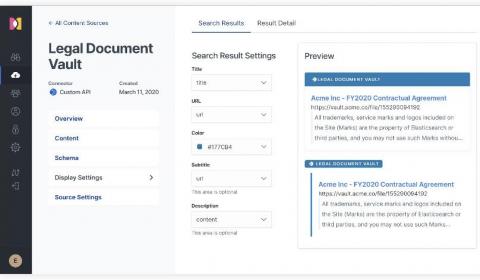Custom sources: Search content from anywhere with Elastic Workplace Search
Elastic Workplace Search is rooted in a simple, but powerful mission: bringing information, content, and files from every corner of your organization into a singular, centralized source of truth. Thanks to its portfolio of first-party integrations, Workplace Search easily connects to a variety of popular content platforms.





